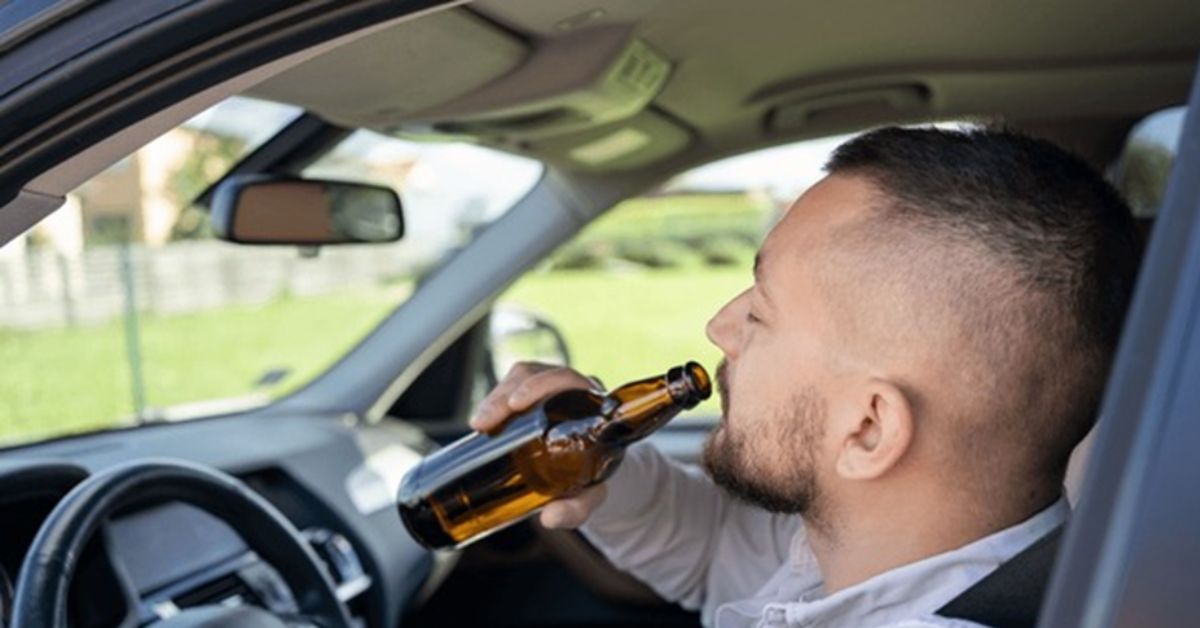Drunk driving continues to be one of the most dangerous and preventable causes of road accidents. Every year, thousands of lives are lost or changed forever because someone chose to get behind the wheel after drinking. What may seem like a few harmless drinks can quickly turn into a life-altering mistake when alcohol affects reaction time, judgment, and motor skills. That’s why understanding the role of blood alcohol concentration (BAC) is so important, especially when it comes to accident claims.
When a person is involved in a drunk driving crash, proving how impaired the driver was can make a big difference in how the case is handled. Walner Law’s experienced drunk driving lawyers know exactly how to use BAC results to support a claim. They understand how the numbers tell a story—one that can show a clear picture of negligence and responsibility. This can help victims get the compensation they truly deserve.
Let’s break it down and talk about what BAC really means, how it’s measured, and why it matters so much in drunk driving accident cases.
What Is BAC and Why Is It Important?
BAC stands for blood alcohol concentration. It’s a way to measure how much alcohol is in a person’s bloodstream. For example, a BAC of 0.08% means there are 0.08 grams of alcohol for every 100 milliliters of blood.
Once someone reaches or passes this limit, they are considered legally impaired. But even lower levels of BAC can affect driving. At 0.02%, drivers may already start to feel relaxed and experience reduced judgment. At 0.05%, coordination, attention, and response time start to suffer.
In drunk driving claims, BAC results often serve as crucial evidence. They help show whether the at-fault driver was impaired and to what extent. This can have a major impact on the outcome of the case.
How Is BAC Measured?
There are a few ways to test someone’s BAC. The most common method is the breathalyzer. It’s fast, simple, and widely used by police officers during traffic stops. Blood tests are another method, usually more accurate, but they are typically done in hospitals or during more serious investigations.
In some cases, urine tests might be used, though these are less reliable and not used as often. Regardless of the method, the key goal is to determine whether a driver was impaired at the time of the accident.
For lawyers and investigators, the timing of the BAC test also matters. Alcohol levels can rise or fall depending on when the last drink was consumed, so the closer the test is to the time of the crash, the better.
BAC and Legal Responsibility
If a driver’s BAC is over the legal limit, they are not only facing criminal charges, but they are also likely to be held responsible in a civil case. This is especially true if the impaired driving led to an injury or death. In many cases, the presence of a high BAC can lead to punitive damages, which are meant to punish the driver and prevent others from doing the same.
Even if the BAC was slightly below 0.08%, victims may still have a strong claim if there is proof that the driver was acting recklessly or showing signs of impairment. That’s why it’s important not to rely on the number alone, but also to consider the behavior, circumstances, and injuries involved.
Why BAC Evidence Strengthens Accident Claims
In a drunk driving accident case, every piece of evidence helps build a stronger story. BAC results are often a key part of that. They provide clear, scientific proof that the driver was impaired. When paired with witness accounts, police reports, and medical records, the claim becomes much harder for the other side to deny or downplay.
That’s why having a legal team that knows how to use BAC evidence is so important. They understand the technical side of the data, but more importantly, they know how to present it in a way that makes sense and supports the victim’s case.
Final Thoughts
Drunk driving is never just a mistake—it’s a choice that can hurt others in serious ways. Understanding BAC levels can help victims and their families make sense of what happened and why. It can also make the legal process more effective when it comes to holding the right person accountable.
If you or someone you love has been affected by a drunk driving crash, know that the facts matter. And with the right team on your side, those facts can help bring justice, closure, and support during a tough time.











